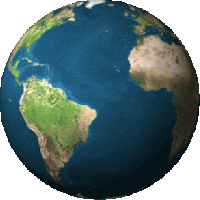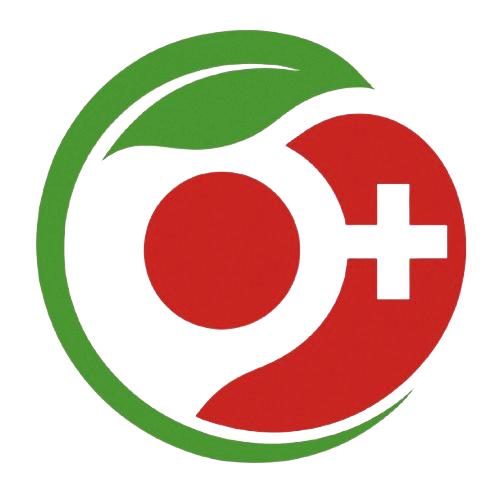
Welcome
Placeholder



Placeholder

Placeholder
Both SPAM classes (immersion of physics and application of mathematics) of the KSWE are beginning a rather unusual exchange program with Japan. During the autumn holidays, 30 Students will be travelling to Tokyo to work on scientific projects together with 30 other Japanese students. The exchange began with a coincidental meeting with the director of Tokyo’s university, who expressed his wish for a closer collaboration with Switzerland. With help from the swiss exchange program Movetia our idea became reality: Movetia offers financial support to class- and school exchanges provided they perform projects with a partnered school. As our partner we were able to gain the renowned Tsukokoma High School in Tokyo, known for its strong scientific education. Our joint framework topic is: “Exploring the boundaries of mathematics and natural science: Advanced modelling and calculations”.
Soon the question surfaced: How can we compensate for the emissions caused by flights? Research was able to demonstrate two possibilities for compensation, but also contradictory statements regarding its efficiency and costs. This is how the project environment came into being: Our classes are researching how flight emissions can truly be compensated. They compare different models, develop calculations and are developing specific measures that schools can use to offset their travel in a sustainable manner. This includes two additional working days on which all SPAM students themselves contribute to the compensation. Movetia was enthusiastic about this idea and is supporting the exchange with around CHF 1,500 per Swiss student and corresponding funding for the Japanese side. Initial collaboration already underway.
We explore and compare real strategies to compensate for the CO2 emissions caused by our flights by comparing different models, developing our own calculations, and working out concrete measures that we will put into practice as a group.
Designing & testing our own Micro-Wing using Navier-Strokes equations and CAD.
Applying advanced algorithms to complex problems while fostering creativity and cross-cultural collaboration.
Co-designing and testing Arduino-based smart plant systems abroad, fostering remote engineering collaboration and cross-cultural adaption.
Applying Grover’s Algorithm to playful search challenges.
Modelling and simulating epidemic outbreaks using differential equations, applying the SIR model to real data from Switzerand and Japan.
Applying linear programing to optimize balanced diets and improve production or distribution planning Swiss and Japanese industries.
Modelling and predicting population size in Japan and Swizerland over the next 50 years.
With the help of sustainability expert Armina Demon we were able get an expert's advice concerning efficient compenstion strategies. If you are interested in learning more about her work, check out her LinkedIn (account required to view the contents):
⸻
• Goal: offset CO₂ emissions from flights (not to make the trip emission-heavy).
• Approach: avoid & reduce emissions where possible, then offset the rest.
• Prefer trains instead of taxis.
• Eat less meat.
• Be mindful of lifestyle choices (food, transport, etc.), not just fuel.
• Tree planting: most realistic for students.
• Check tree type, growth speed, and carbon absorption timing.
• Broader impact: biodiversity, soil health, community involvement.
• Bamboo reforestation in Japan: grows fast, absorbs CO₂, renewable use.
• Mangroves: protect coastlines + capture carbon.
• Moss constructions: scalable, helps poor communities.
• Oceans naturally absorb CO₂.
• Seaweed farming: captures carbon.
• Cleaning coastal/ocean areas improves absorption & ecosystems.
• Buy credits from certified projects (Gold Standard, Verra).
• Example: Climeworks direct air capture.
• Avoid greenwashing: projects must be certified.
• Idea: bring tokens from Switzerland, sell in Japan, reinvest in projects.
• Tree planting projects with NGOs (CH/JP).
• Food vlog with vegetarian meals.
• Collaborate with schools/companies for sponsorship.
• Avoid oversimplified “buy a tree online” companies.
• First reduce emissions → then offset.
• Prioritize local, nature-based projects with community involvement.
• Verified credits are important → avoid greenwashing.
• Include biodiversity, social impact, other gases.
• Offsets take time → long-term perspective needed.
Placeholder
...
...
We are two high school classes from Tokyo (JP) and Wettingen (CH) working together on scientific projects. Our goal is to collaborate and learn something from each other.